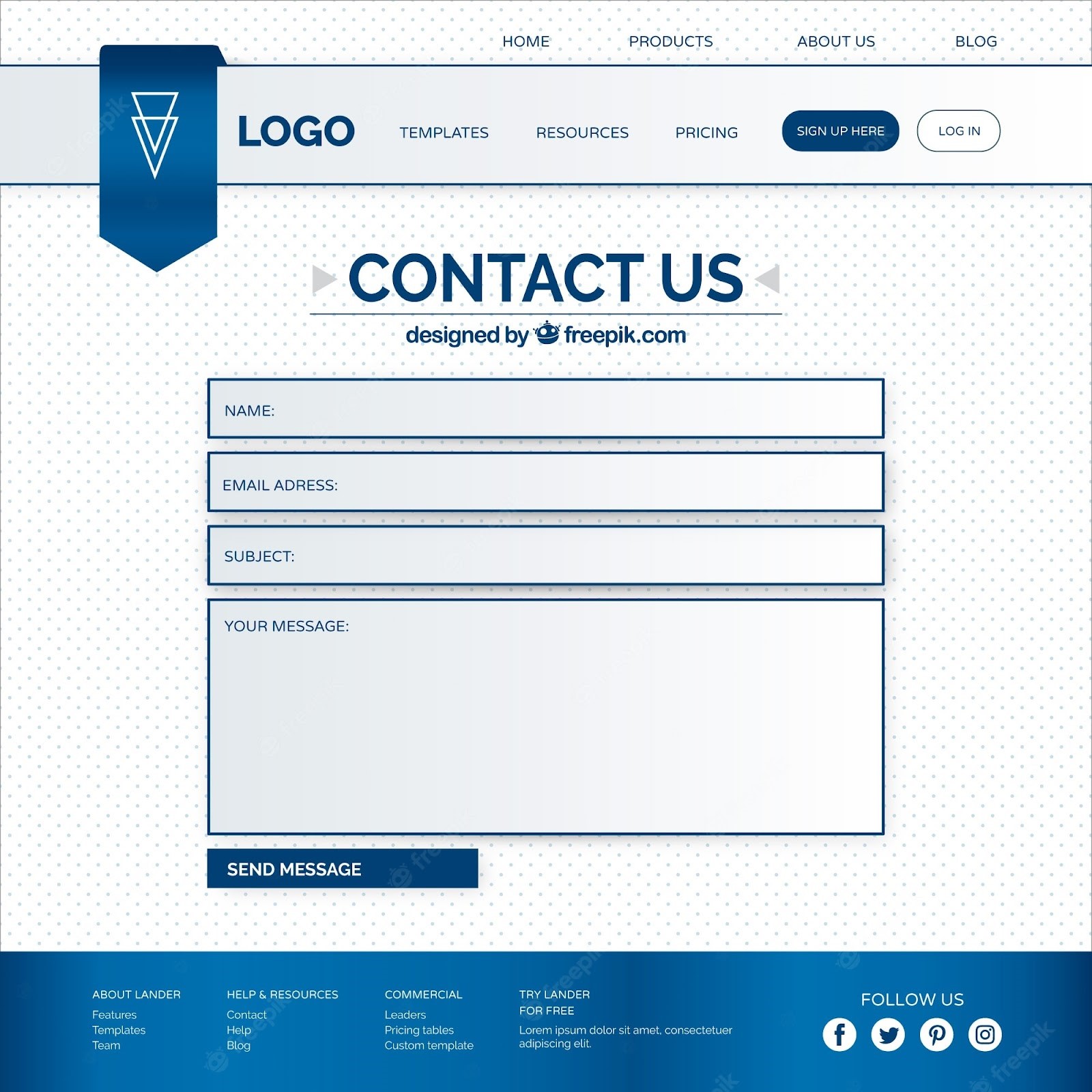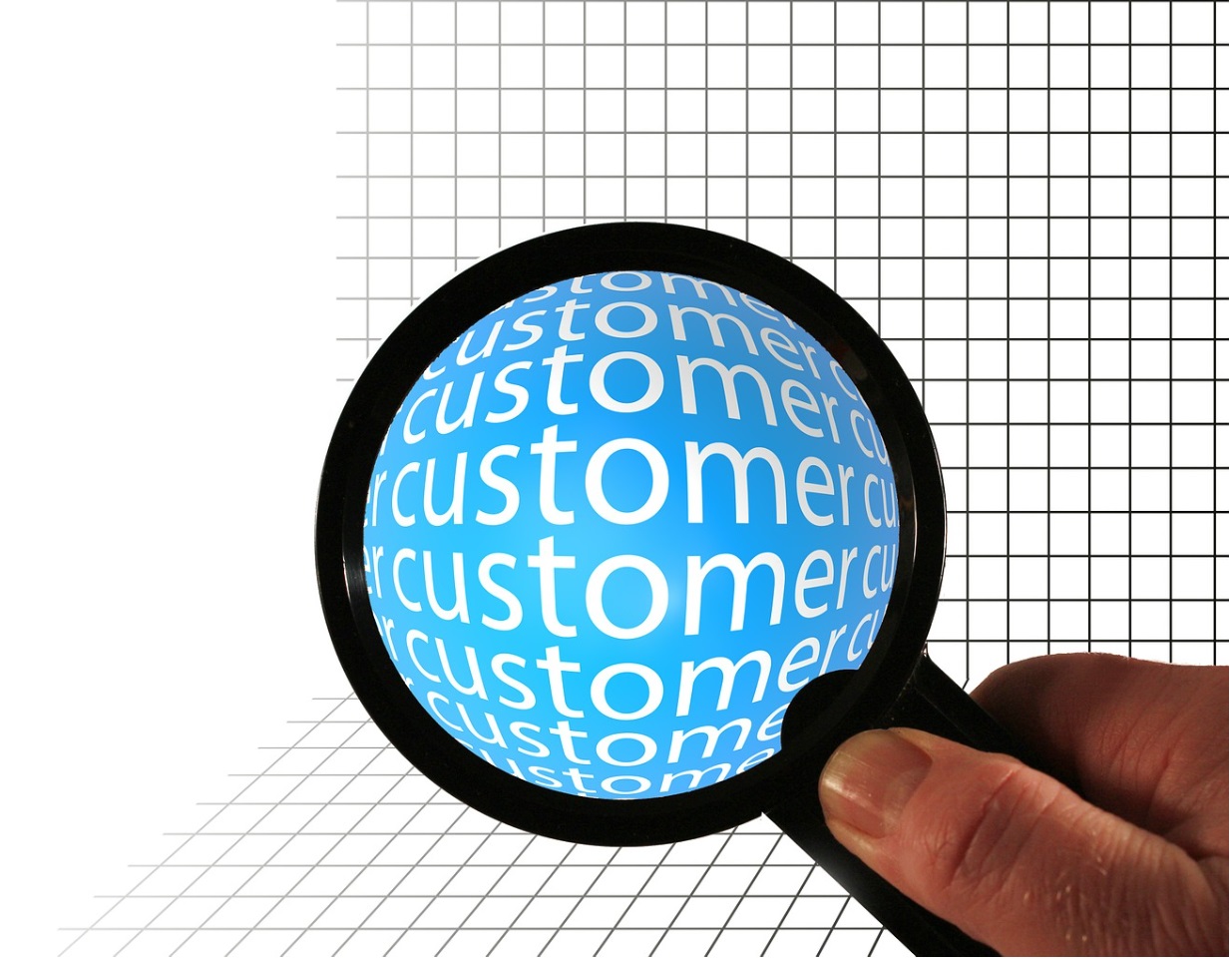Data scraping has become increasingly popular in recent years as companies seek to learn from the massive amount of data available online. However, as with any emerging technology, legal, ethical and technical considerations must be taken into account. This guide provides an overview of data scraping, its uses and benefits, the tools and techniques used, and best practices for beginners.
Introduction to data scraping
Data scraping , also known as web scraping, is the process of extracting data from websites using automated tools. This can be text, images and other multimedia content. The extracted data can then be used for a variety of purposes, such as market research, business intelligence, and competitor analysis. Data scrapingcan be done manually, but it is time consuming and not efficient. There are automated tools that make the process much faster and more accurate for processing personal data. These tools can be programmed to scan specific websites, extract certain types of data, analyze the collected data, and save the results in different formats.
Legal and ethical aspects of data scraping
If data scraping can be a toolpowerful for businesses, certain legal and ethical considerations must be taken into account. In many cases, extracting data from websites without permission is illegal and can lead to legal action. In addition, data scraping can potentially violate the Data Protection Act, as well as privacy laws, ethical standards, and privacy policy. Companies must ensure that they do not collect or use personal data without the consent of the person concerned. To avoid legal and ethical issues, it is important to obtain permission before retrieving data stored on websites. To do this, contact the owner of the website or
Uses and Benefits of Data Scraping for Business
Data scraping can provide businesses with a wealth of information that can be used to inform decision-making and gain competitive advantage. Here are some of the most common uses and benefits of data scraping:
- Market research: Data scraping can be used to collect information about competitors, customer behavior and industry trends.
- Lead generation: By retrieving data stored on websites, businesses can identify potential customers and generate leads for sales and marketing purposes.
- Price Analysis: Data scraping can be used to monitor competitor prices and adjust pricing strategies accordingly.
- Content Creation: Scraping data from social media platforms and other sources can provide businesses with content ideas and inspiration.
Data scraping limitations
While scraping stored data can provide businesses with valuable insights, there are limits to what can be done. Some websites may be designed to prevent scraping, and some stored data may be difficult or impossible to extract.
Also, data scraping can be time-consuming and resource-intensive, especially if dealing with large amounts of stored data. Companies should ensure they have the resources and expertise to undertake a scrapping project.
Types of Data Recovery Tools and Techniques
There are many different tools and techniques for data recovery, each with their own strengths and weaknesses. Some of the most common tools and techniques include.
- Website scraping software: These are automated tools that can be programmed to crawl specific websites and extract data stored in a variety of formats.
- APIs: Some websites offer APIs that allow developers to access stored data in a structured and controlled way.
- Manual scraping: This involves manually copying and pasting stored data from websites into an excel spreadsheet or other tool.
Best practices for data scraping
To ensure that data scraping is done efficiently and ethically, companies should follow certain best practices. These include in particular
- Obtain permission before extracting data from websites.
- Be transparent about the purpose of the scraping project and how stored data will be used.
- Ensure that personal data is handled in accordance with privacy laws and ethical standards.
- Use reliable and reputable scraping tools and techniques.
- Test and validate the accuracy of retrieved stored data.
- Safely store and manipulate scanned data.
How to choose the right data scraping tool for your needs?
With the multitude of tools and techniques available, it can be difficult to know which one to choose. When selecting a stored data recovery tool, companies should consider factors such as:
- The type of stored data to extract.
- The amount of data involved.
- The level of customization required.
- The cost and complexity of the tool.
- The reliability and accuracy of the results.
Basic Data Scraping Steps
The basic steps of data scraping are:
- Identify the websites or sources from which the stored data will be retrieved.
- Select the appropriate scraping tool or technique.
- Configure the scraping tool to extract the desired data.
- Run the scraping tool and collect the stored data.
- Validate and clean the extracted data.
- Analyze data to draw insights and inform decision-making.
Common challenges in data scraping – how to overcome them
Data scraping can be a complex and difficult process, and businesses can encounter several common issues. Here are some of those issues:
- Websites designed to prevent scraping.
- Inconsistent or poorly structured stored data.
- Data encrypted or otherwise inaccessible.
- Legal and ethical issues related to privacy policy and ownership of stored data.
To overcome these difficulties, companies can use various techniques, such as:
- Using specialized scraping tools designed for specific types of websites or data.
- Clean and normalize retrieved stored data to ensure consistency and accuracy.
- Work with legal and ethical experts to ensure compliance with applicable laws and standards.
Data cleaning and analysis after scraping
Once the stored data has been retrieved, it must be cleaned and analyzed to ensure that it is accurate and useful. That implies
- deletion of any duplicate or irrelevant stored data.
- Normalize stored data to ensure consistency.
- Validate stored data to ensure it is accurate.
- Analyzing stored data to gain insights and inform decision-making.
Concrete examples of data recovery
To illustrate the potential uses and benefits of data recovery, here are some real-life examples:
- A retail business can pull pricing data from competitors’ websites to inform its own pricing strategy.
- A marketing agency could pull stored data from social media to identify trends and create content that resonates with target audiences.
- A financial services company can pull news articles and other sources to identify new market trends and make informed investment decisions.
Conclusion and next steps to master data scraping
Data scraping can provide businesses with valuable insights, but it’s important to ensure it’s done efficiently and ethically. By following best practices, choosing the right tools and techniques, and overcoming common pain points, businesses can gain a competitive advantage and make informed decisions based on data.
To master data scraping, companies must continue to explore new tools and techniques, stay up to date with legal and ethical standards, and invest in training and expertise to ensure they are on board. able to extract maximum value from the huge amount of stored data available online.
Ready to start scraping data for your business? Contact SoContact today to learn more about their data scraping services and how they can help you gain a competitive edge.
What is data scraping?
Is it legal to do data scraping?
What are common uses for data scraping?
What are the risks of data scraping?
How to protect against data scraping?
How can data scraping be detected?











